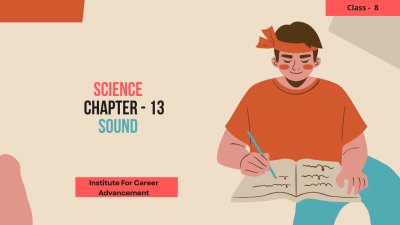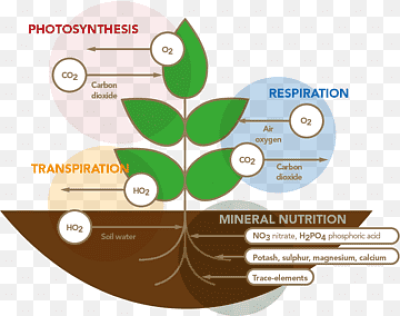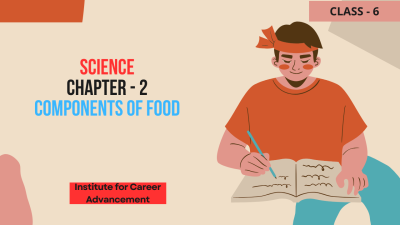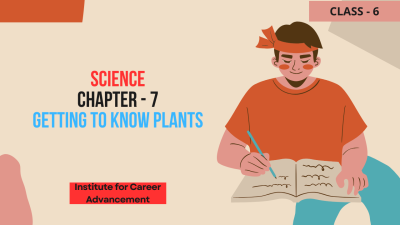Sound - Class 8
Sound is a form of energy which makes us hear and travels in the form of waves. Sound is produced by various sources. Sound created by the source reaches the listener through the particles of the medium without any net transport of the medium (a) Type of waves on the basis of material medium Elastic waves or mechanical waves : Those waves which need a material medium for their propagation are called elastic waves or mechanical waves e.g., sound waves and water waves are elastic or mechanical waves. Electromagnetic waves: Those waves which do not need a material medium for their propagation are called electromagnetic waves. These waves can travel through vacuum as well as through medium e.g. light waves and radio waves are electromagnetic waves. Seismic waves: The disturbances inside the earth which cause waves moving in all direction are called seismic waves. It is these waves which cause earthquakes. (b) Types of waves on the basis of its direction of propagation Transverse waves: The waves in which the particles of the medium vibrate up and down at night angles to the direction in which the wave is moving are called transverse waves. Eg., light waves, radio waves, water waves etc. শব্দ হল শক্তির একটি রূপ যা আমাদের তরঙ্গ আকারে শুনতে এবং ভ্রমণ করতে সাহায্য করে। বিভিন্ন উৎস থেকে শব্দ উৎপন্ন হয়। উৎস দ্বারা সৃষ্ট শব্দ মাধ্যমের কোনও নেট পরিবহন ছাড়াই মাধ্যমের কণাগুলির মাধ্যমে শ্রোতার কাছে পৌঁছায়। (a) বস্তুগত মাধ্যমের উপর ভিত্তি করে তরঙ্গের প্রকার স্থিতিস্থাপক তরঙ্গ বা যান্ত্রিক তরঙ্গঃ যে তরঙ্গগুলির প্রসারণের জন্য একটি উপাদান মাধ্যমের প্রয়োজন হয় সেগুলিকে স্থিতিস্থাপক তরঙ্গ বা যান্ত্রিক তরঙ্গ বলা হয় e.g., শব্দ তরঙ্গ এবং জল তরঙ্গগুলি স্থিতিস্থাপক বা যান্ত্রিক তরঙ্গ। তড়িৎচুম্বকীয় তরঙ্গঃ যে তরঙ্গগুলির প্রসারণের জন্য কোনও বস্তুগত মাধ্যমের প্রয়োজন হয় না, সেগুলিকে তড়িৎচুম্বকীয় তরঙ্গ বলা হয়। এই তরঙ্গগুলি ভ্যাকুয়ামের পাশাপাশি মাঝারি e.g এর মাধ্যমে ভ্রমণ করতে পারে। আলোক তরঙ্গ এবং তেজস্ক্রিয় তরঙ্গ হল তড়িৎচুম্বকীয় তরঙ্গ। ভূকম্পীয় তরঙ্গঃ পৃথিবীর অভ্যন্তরে যে বিশৃঙ্খলার কারণে সমস্ত দিকে তরঙ্গ প্রবাহিত হয় তাকে ভূকম্পীয় তরঙ্গ বলা হয়। এই ঢেউগুলোই ভূমিকম্প সৃষ্টি করে। (খ) তরঙ্গের প্রসারণের দিকের উপর ভিত্তি করে তরঙ্গের প্রকার আড়াআড়ি তরঙ্গঃ যে তরঙ্গে মাঝারি কণা রাতের কোণে তরঙ্গের গতিপথের দিকে উপরে ও নিচে কম্পিত হয়, তাকে আড়াআড়ি তরঙ্গ বলা হয়। যেমন, আলোর তরঙ্গ, বেতার তরঙ্গ, জলের তরঙ্গ ইত্যাদি।
English
Last updated
Wed, 27-Nov-2024



















